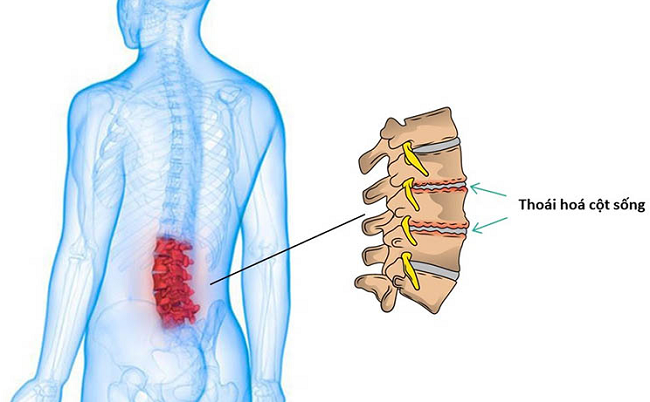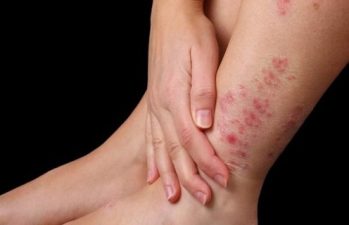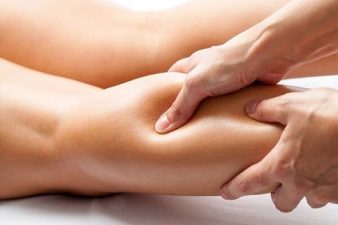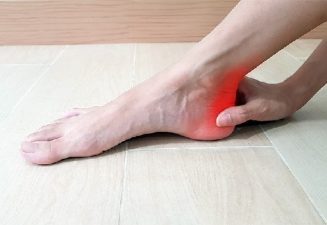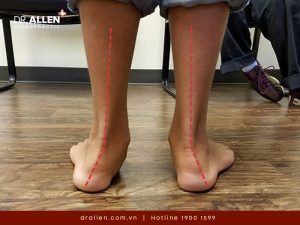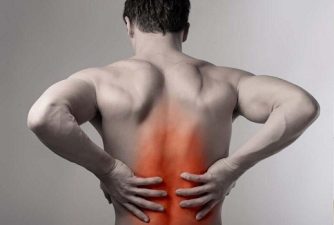Degenerative spine disease, also known as spondylosis, encompasses a spectrum of conditions resulting from the wear-and-tear of spinal structures over time. This blog post will delve into the intricacies of this common yet complex disease, examining its causes, symptoms, radiology, and various approaches to pain management.
What is Degenerative Spine Disease?
Degenerative spine disease refers to a collection of conditions that cause a deterioration of the spinal discs, vertebrae, and joints. This can lead to other conditions such as herniated discs, spinal stenosis, and osteoarthritis. Often, it’s a result of the natural aging process, but factors like genetics, lifestyle, and injuries can also contribute.
Degenerative Spine and Disc Disease
Degenerative disc disease is a subset of degenerative spine disease, specifically focusing on the deterioration of the intervertebral discs. These discs act as shock absorbers between the vertebrae, and their degeneration can cause pain, stiffness, and other symptoms.
Degenerative Spine Disease Radiology
Radiological investigations play a crucial role in diagnosing degenerative spine diseases. These include X-rays, which can reveal bone spurs and alignment issues, and MRIs that offer a detailed look at soft tissues, identifying issues like disc degeneration or spinal cord compression.
Degenerative Spine Disease NHS
The National Health Service (NHS) in the UK provides comprehensive care for those dealing with degenerative spine disease. Treatment options offered by the NHS range from conservative approaches, including physical therapy and pain management, to surgical interventions for more severe cases.
Degenerative Arthritis of the Spine ICD 10
In the International Classification of Diseases (ICD), degenerative arthritis of the spine, also known as osteoarthritis, is classified under the code M47. This condition is characterized by the breakdown of the cartilage in the joints and discs in the neck and lower back, leading to pain and stiffness.
Causes of Degenerative Spine Disease
Degenerative spine disease is primarily caused by the natural aging process. As we age, our spinal discs can lose their hydration and elasticity, leading to deterioration. However, other factors can contribute, such as:
- Genetics: Some people are genetically predisposed to developing these conditions.
- Lifestyle: Factors like obesity, smoking, or heavy physical work can put additional strain on the spine, accelerating degeneration.
- Injuries: Previous spinal injuries can increase the risk of degenerative spine disease.
Degenerative Spine Disease Symptoms
Symptoms of degenerative spine disease can vary widely, depending on the severity and location of the degeneration. Common symptoms include:
- Chronic pain in the neck, back, or limbs
- Stiffness in the spine, particularly in the morning
- Numbness, weakness, or tingling in the limbs
- Reduced range of motion
Degenerative Spine Pain
Pain from degenerative spine disease can range from mild to severe and is usually chronic. The pain can be localized to the back or neck or radiate to the limbs if nerves are affected. Management of this pain often involves a combination of physical therapy, medications, lifestyle modifications, and in severe cases, surgical interventions.

In conclusion, degenerative spine disease, while common, can be effectively managed with appropriate treatment strategies, leading to improved quality of life. If you suspect you’re suffering from this condition, consult a healthcare professional for an accurate diagnosis and a personalized treatment plan. Remember, an informed and proactive approach to health is the best defense against any disease.


